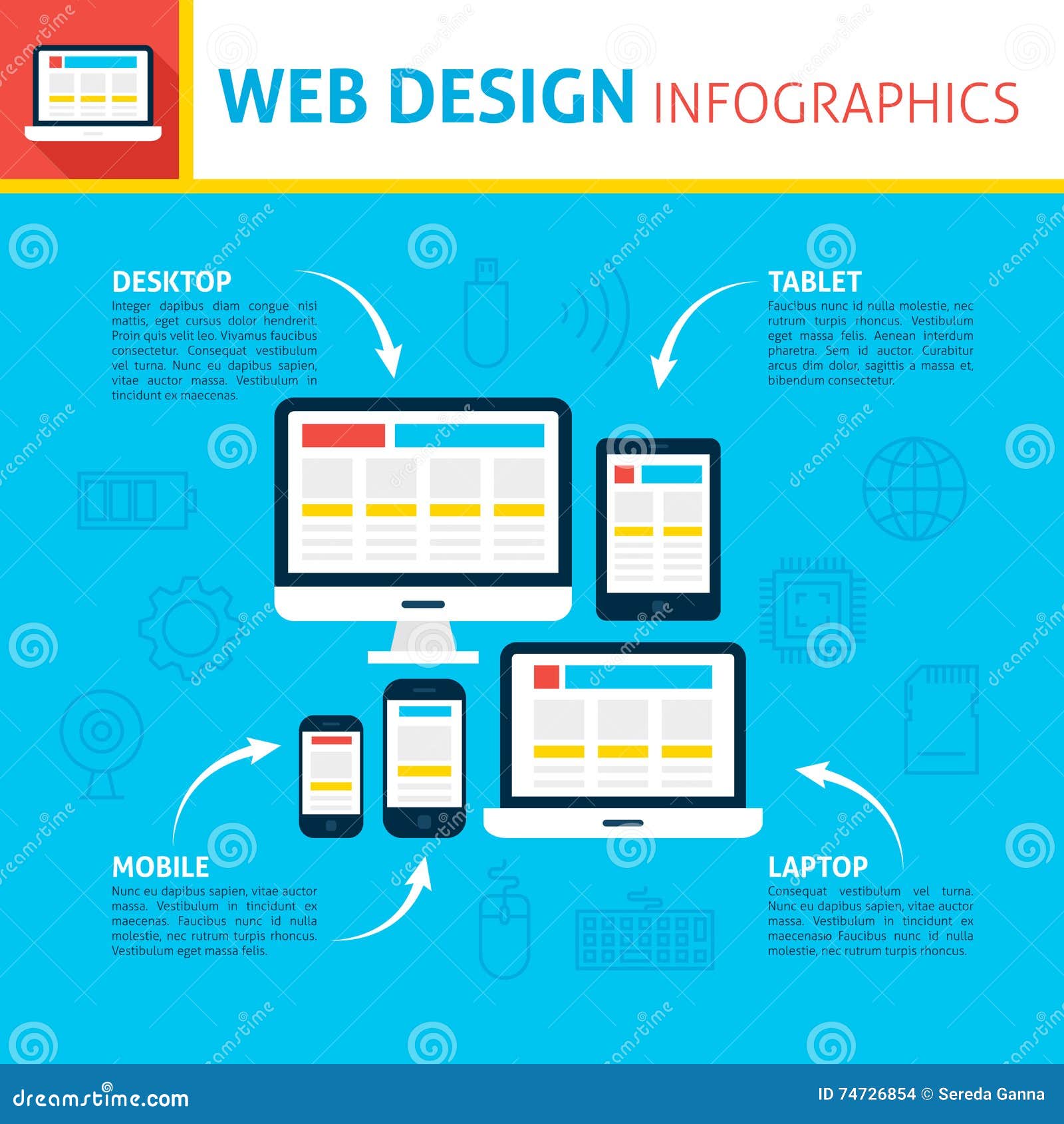Site Style: A Journey Via Time.From Simple Beginnings To Contemporary Marvels, Website Style Has Undertaken A Substantial Makeover Over The Years
Site Style: A Journey Via Time.From Simple Beginnings To Contemporary Marvels, Website Style Has Undertaken A Substantial Makeover Over The Years
Blog Article
Write-Up Author-Monroe Cantu
In the past, web sites were straightforward and focused on information. Navigation was straight, and style was for desktop computers. Currently, customer experience is crucial. Data overviews designs for easy navigating. Responsive designs match various tools. Today, dark mode minimizes strain, and minimalist food selections improve navigating. Interactive functions engage individuals, and vibrant visuals attract attention. AI assimilation improves interaction. See just how style has actually progressed to enhance your online journey.
Very Early Days of Web Design
In the very early days of website design, simpleness reigned supreme. Internet sites were basic, with minimal colors, font styles, and designs. The focus was on providing information instead of flashy visuals. Users accessed the web via slow-moving dial-up links, so speed and performance were key.
Navigation menus were straightforward, typically located on top or side of the web page. Internet sites were created for computer, as mobile browsing had not been yet prevalent. Material was king, and designers prioritized simple readability over intricate style aspects.
HTML was the primary coding language made use of, and designers needed to work within its restrictions. Computer animations and interactive functions were marginal contrasted to today's requirements. Sites were fixed, with little dynamic material or individualized user experiences.
Increase of User-Focused Design
With the development of website layout, a change in the direction of user-focused style concepts has actually become increasingly famous. Today, creating sites that focus on user experience is essential for involving site visitors and attaining service objectives. User-focused style involves comprehending the needs, choices, and behaviors of your target market to tailor the website's format, web content, and includes accordingly.
Designers now perform comprehensive research, such as customer surveys and use testing, to collect insights and feedback directly from users. This data-driven approach helps in developing user-friendly navigating, clear calls-to-action, and visually attractive interfaces that reverberate with visitors. By placing the individual at the center of the layout process, web sites can deliver an extra tailored and enjoyable experience.
Responsive style has additionally become a crucial aspect of user-focused design, making certain that sites are optimized for numerous gadgets and screen dimensions. This flexibility boosts accessibility and functionality, dealing with the diverse ways individuals engage with websites today. Fundamentally, the surge of user-focused layout signifies a shift towards producing digital experiences that prioritize the needs and assumptions of completion customer.
Modern Trends in Website Design
Check out the latest fads forming web design today. One popular fad is dark setting style, using a streamlined and modern-day look while lowering eye stress in low-light environments. An additional key trend is minimal navigation, streamlining menus and improving individual experience by concentrating on essential elements. Incorporating https://www.dentaleconomics.com/practice/marketing/article/14278322/seo-for-dentists-getting-to-the-top-of-google-search -interactions, such as computer animated switches or scrolling results, can develop a more appealing and interactive web site. Responsive design remains vital, making sure smooth customer experiences across numerous tools. In addition, using bold typography and asymmetrical layouts can add aesthetic rate of interest and draw attention to certain material.
Incorporating AI innovation, like chatbots for customer assistance or tailored recommendations, improves individual involvement and simplifies procedures. Access has additionally end up being a substantial pattern, with designers prioritizing comprehensive style practices to accommodate diverse individual needs. Embracing sustainability by maximizing site performance for rate and efficiency is one more arising trend in website design. Working together with customer feedback and data analytics to repeat and boost design constantly is vital for remaining appropriate in the ever-evolving electronic landscape. By accepting these modern-day fads, you can create an aesthetically enticing, user-friendly website that resonates with your target market.
Verdict
As you review the evolution of internet site design from the early days to now, you can see exactly how user-focused layout has come to be the driving pressure behind modern patterns.
Accept website packages of modification and adaptation in website design, constantly maintaining the customer experience at the leading edge.
Remain current with the most recent fads and modern technologies, and never ever stop evolving your technique to create aesthetically stunning and easy to use websites.
Develop, adapt, and produce - the future of web design remains in your hands.
